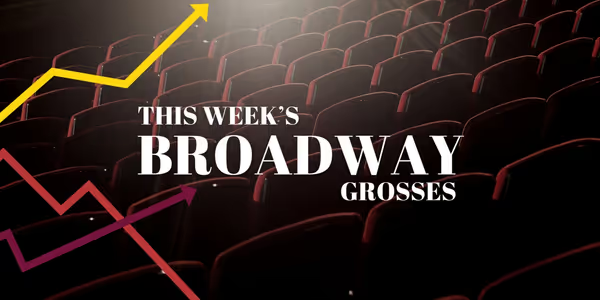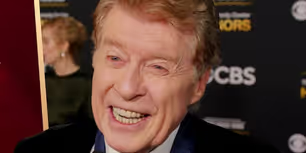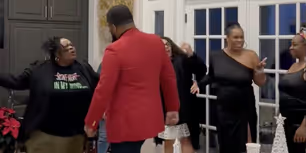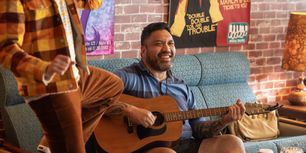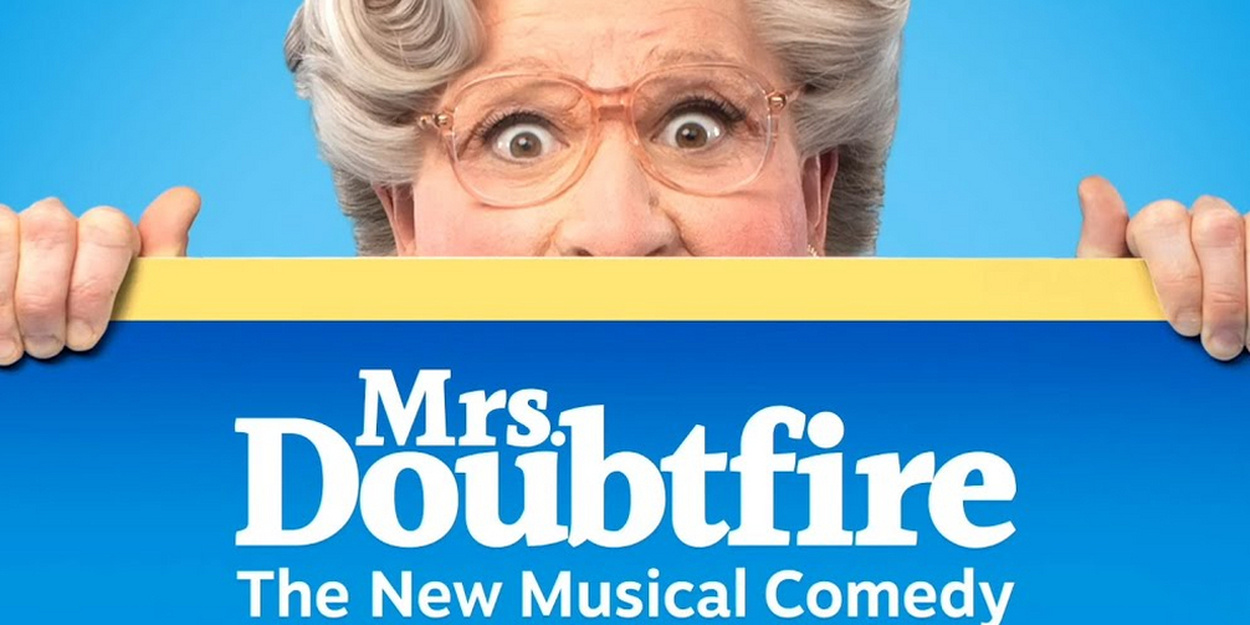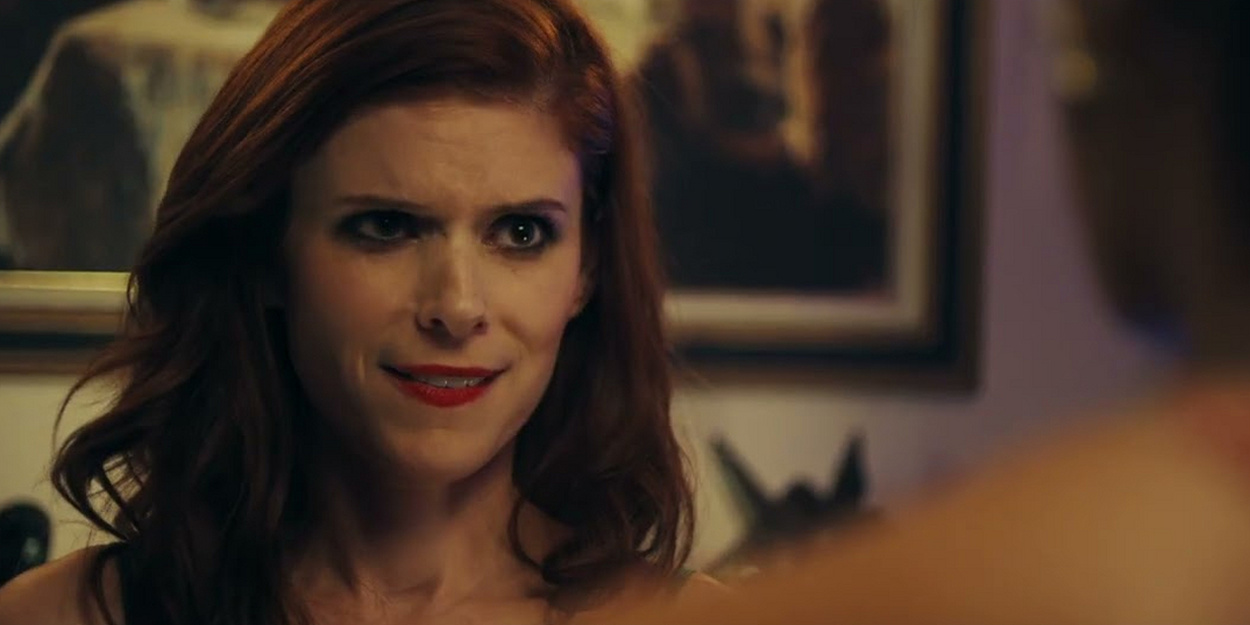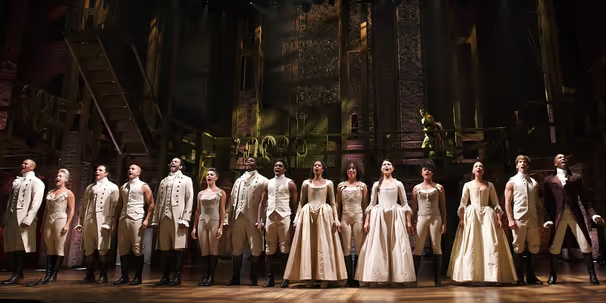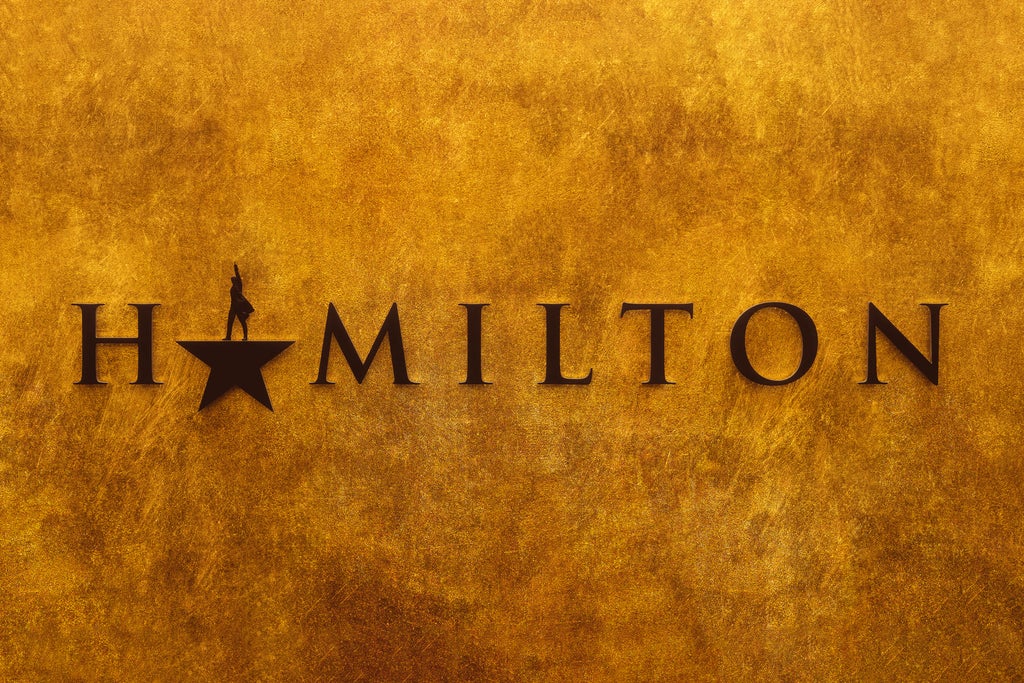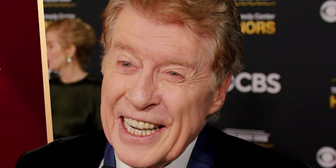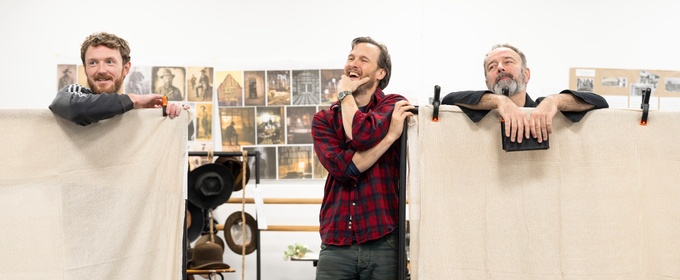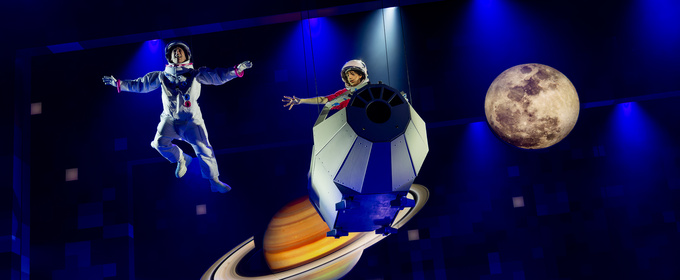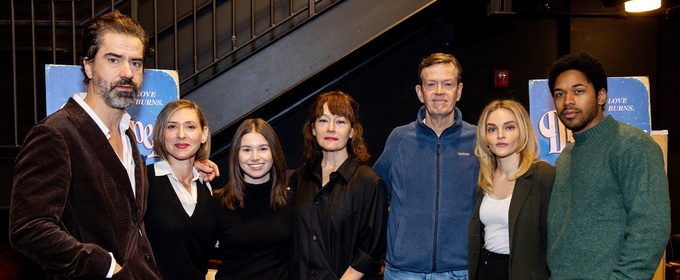Trending Stories
Recommended for You
What Lies Ahead for Broadway in 2026?
The 2025/26 season will include six new musicals.
Watch: Next On Stage Season 6 Finalists Revealed
Presented by AMDA & Atlantic Acting School, Sponsored by MTI, 54 Below & The Westin New York at Times Square.
Diving Deeper Into American Theatre’s Most Influential Titles
A recent survey ranks the most influential theatre titles of the last 25 years.
Photos: Kandi Burruss, Teal Wicks and More in & JULIET
The company includes Drew Gehling as ‘Shakespeare,’ Michael Iván Carrier as ‘May,’ and more.
Ticket Central
Industry
West End

Review: OPERATION OUCH: QUEST FOR THE JURASSIC FART!, Southbank Centre
Farts, facts and fearless entertainment
Farts, facts and fearless entertainment
New York City

Photos: ULYSSES Heads Into Rehearsal At The Public Theater
The cast of ULYSSES includes Dee Beasnael, Kate Benson, Maggie Hoffman, Vin Knight, Christopher-Rashee Stevenson, Scott Shepherd, and Stephanie Weeks.
The cast of ULYSSES includes Dee Beasnael, Kate Benson, Maggie Hoffman, Vin Knight, Christopher-Rashee Stevenson, Scott Shepherd, and Stephanie Weeks.
United States

Video: Behind the Scenes of A CHRISTMAS CAROL at Alley Theatre
Now on stage through December 28th, 2025.
Now on stage through December 28th, 2025.
International

Review: SWEENEY TODD at STM Studio
Il musical di Sondheim inaugura il nuovo spazio del teatro
Il musical di Sondheim inaugura il nuovo spazio del teatro







